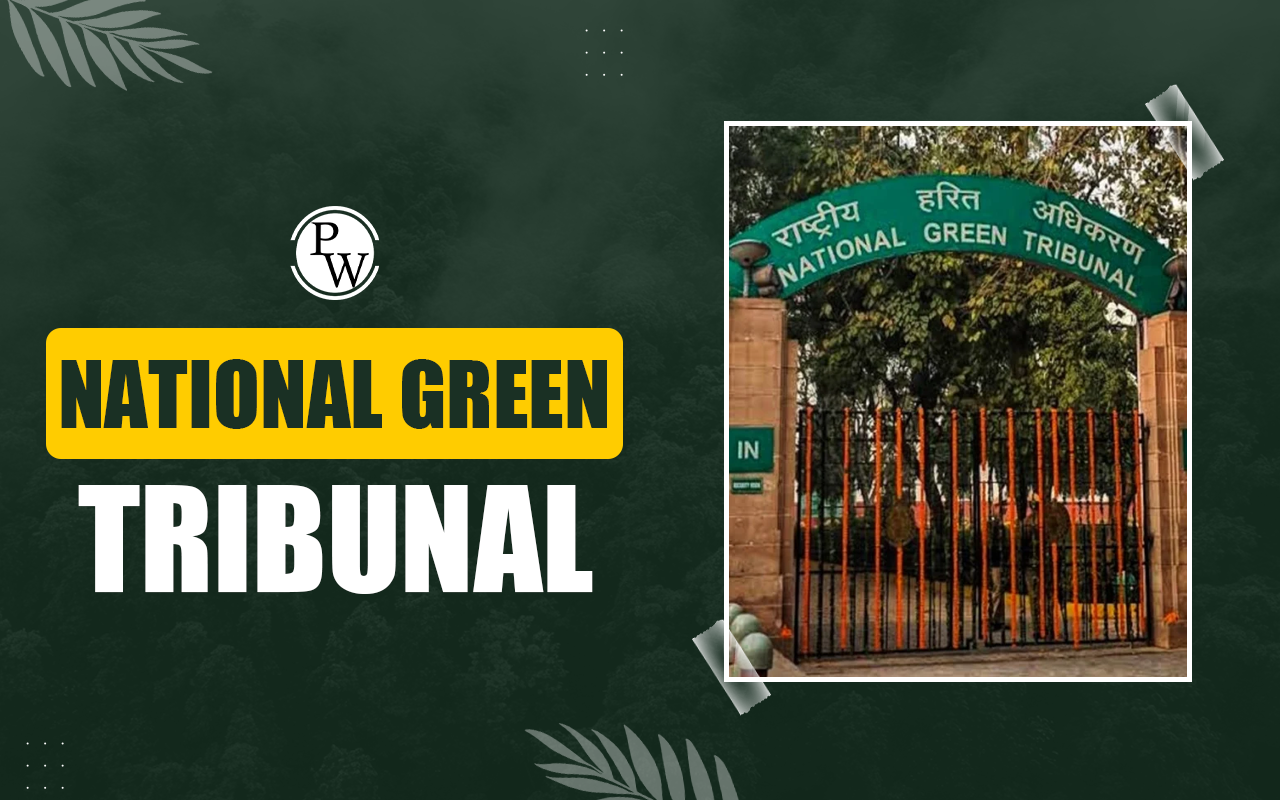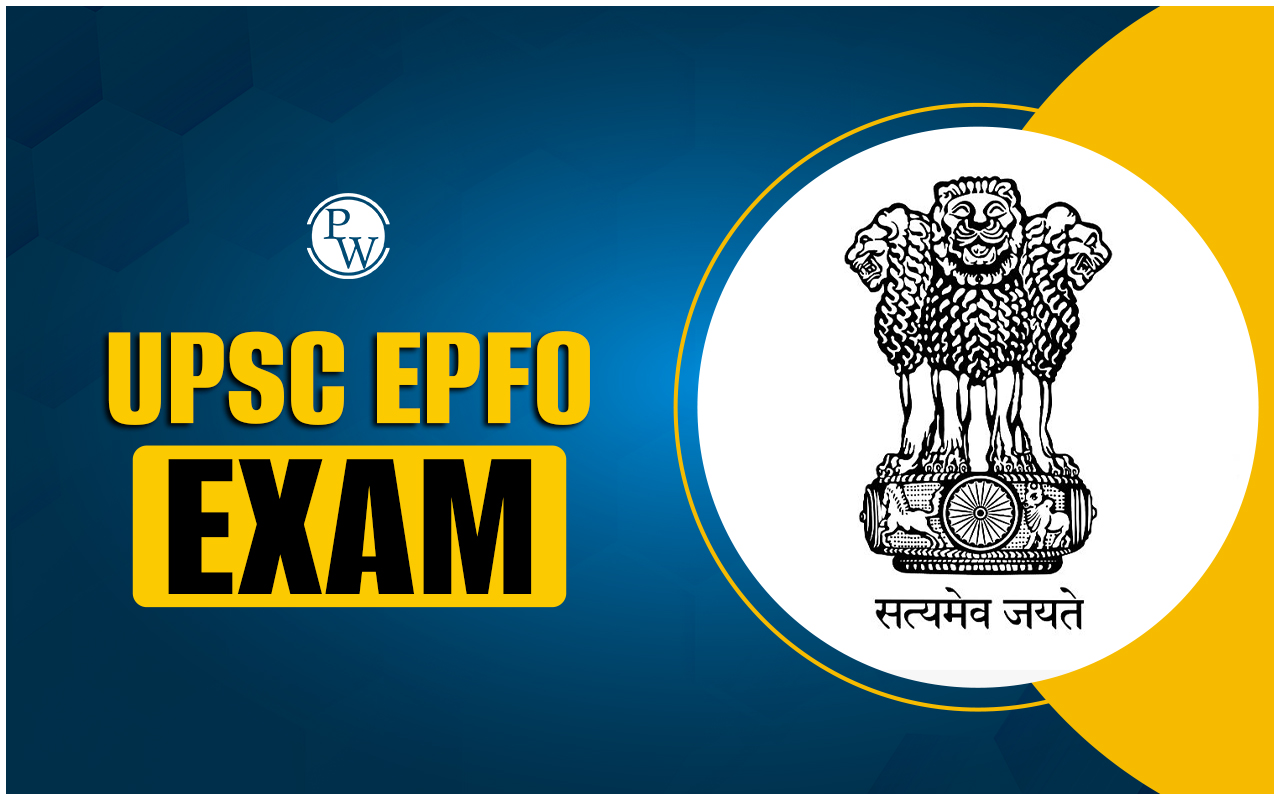

National Green Tribunal (NGT) was established on October 18, 2010, under the National Green Tribunal Act, 2010. It aims to ensure effective and timely resolution of cases that all are related to environmental protection, conservation of forests, and other natural resources. Additionally, it enforces legal rights related to the environment and provides relief and compensation for environmental damage to persons and property. The NGT operates as a specialized body with multidisciplinary expertise to address complex environmental disputes.
What is the National Green Tribunal (NGT)?
The NGT is a statutory body that was solely designed to handle environmental disputes efficiently. Key features include:- Specialized Environmental Jurisdiction : Focused on environmental conservation and sustainable development.
- Expedited Case Disposal : Directed to resolve cases within six months of filing.
- Global Significance : India is the third country to establish such a tribunal, following Australia and New Zealand, and the first among developing nations.
- Principal and Regional Benches : The NGT operates from five locations: New Delhi (principal bench), Bhopal, Pune, Kolkata, and Chennai, ensuring accessibility through circuit procedures.
Evolution and Establishment of the National Green Tribunal
India is the third country globally , following Australia and New Zealand, and the first developing country to establish a specialized environmental tribunal. The creation of the NGT has highlighted the strong commitment of India to address growing environmental challenges with expertise and efficiency. The Tribunal is authorised to adjudicate or resolve matters within six months of filing, ensuring expedited environmental justice while relieving the burden on higher courts.Structure of the NGT
The NGT consists of:- Chairperson : Appointed by the Central Government in consultation with the Chief Justice of India (CJI).
- Judicial and Expert Members : Appointed for the tenure of three years or until the age of 65, whichever is earlier, and are not eligible for reappointment.
- Selection Committee : Formed by the Central Government for appointing members.
- Membership Strength : Minimum of 10 and maximum of 20 full-time Judicial and Expert Members.
National Green Tribunal Headquarters and Regional Benches
The National Green Tribunal headquarters is located in New Delhi . Its regional benches ensure environmental justice across India, covering different zones:- Pune Bench : Western Zone
- Bhopal Bench : Central Zone
- Kolkata Bench : Eastern Zone
- Chennai Bench : Southern Zone
Powers and Functions of the National Green Tribunal
The NGT Act grants the Tribunal jurisdiction over civil cases involving substantial environmental issues. Its powers and jurisdiction include:- Adjudicatory Role: Address disputes and violations of laws like:
- The Water (Prevention and Control of Pollution) Act, 1974
- The Environment (Protection) Act, 1986
- The Air (Prevention and Control of Pollution) Act, 1981
- Other related statutes.
- Suo Motu Powers: The Supreme Court recognized NGT's unique authority to take up environmental issues on its own motion, enhancing its preventive and remedial scope.
- Principles Applied: Decisions are guided by the principles of sustainable development , precautionary measures , and polluter pays .
- Relief and Compensation: The Tribunal can:
- Award compensation to victims of environmental damage.
- Mandate restoration of damaged property and affected ecosystems.
- Penalty for Non-compliance: Offenders face:
- Imprisonment up to three years.
- Fines up to ₹10 crore .
- Both depend on the severity of violations.
- Binding Decisions: Orders by the NGT are enforceable as orders of a civil court. Appeals against its decisions lie solely with the Supreme Court .
National Green Tribunal Act
The National Green Tribunal Act, 2010 , forms the legal foundation for the NGT. It provides the Tribunal with the authority to handle environmental disputes efficiently. The Act includes provisions to protect and restore the environment while emphasising the principles of sustainable development and polluter pay.Environmental Laws Under NGT
The National Green Tribunal (NGT) has jurisdiction over civil cases that involve substantial questions related to the environment. It enforces several key environmental laws to protect natural resources and ensure sustainable development. The NGT generally handles violations of environmental regulations such as water and air pollution, forest conservation, and biodiversity.Key Environmental Laws under NGT
| Environmental Law | Year of Enactment | Purpose |
| Water (Prevention and Control of Pollution) Act | 1974 | To prevent and control water pollution. |
| Forest (Conservation) Act | 1980 | To conserve forests and regulate the diversion of forest land for non-forest use. |
| Air (Prevention and Control of Pollution) Act | 1981 | To reduce air pollution and ensure clean air standards. |
| Environment (Protection) Act | 1986 | To safeguard and improve environmental quality. |
| Biological Diversity Act | 2002 | To conserve biological diversity and ensure sustainable use of its components. |
| Public Liability Insurance Act | 1991 | To provide immediate relief to persons affected by accidents involving hazardous substances. |
| Water (Prevention and Control of Pollution) Cess Act | 1977 | To levy a cess on water consumed by industries to combat water pollution. |
Strengths of the National Green Tribunal
The National Green Tribunal (NGT) has emerged as a powerful platform for environmental justice while offering effective solutions for environmental disputes.- Evolves Environmental Jurisprudence: Sets precedents through innovative decisions.
- Reduces Judicial Burden: Lessens environmental trials in higher courts.
- Cost-Effective and Faster Justice: Provides an alternative dispute resolution mechanism.
- Independent Functioning: Non-reappointment ensures unbiased judgments.
- Strict Enforcement: Ensures adherence to environmental impact assessments.
Challenges Faced by the National Green Tribunal
While the NGT has emerged as a vital institution, it faces many challenges:- Limited Jurisdiction: The exclusion of laws like the Wildlife (Protection) Act, 1972 and the Forest Rights Act, 2006 restricts its reach.
- Conflict with High Courts: Some decisions are challenged under Article 226 , claiming the constitutional superiority of High Courts over the statutory NGT .
- Economic Criticism: Its rulings have occasionally been criticized for hindering development projects.
- Resource Constraints: Limited manpower and financial resources hinder the timely disposal of cases.
- Compliance Issues: Delays in implementing its directives reduce its effectiveness.
- Insufficient Regional Presence: A small number of courts leads to inaccessibility in certain regions.
Landmark Judgments of the NGT
The NGT has been instrumental in landmark environmental rulings:- POSCO Case (2012): Suspended a South Korean steel project in Odisha, emphasizing forest conservation.
- Solid Waste Management (2012): Prohibited open burning of waste.
- Uttarakhand Floods Case (2013): Ordered compensation based on the "polluter pays" principle.
- Art of Living Case (2017): Penalized violations during a festival on the Yamuna floodplains.
- Plastic Ban in Delhi (2017): Banned thin plastic bags to curb environmental damage.
Conclusion
The National Green Tribunal has played a pivotal role in fostering environmental justice and safeguarding ecological balance. To enhance its efficacy, the NGT needs broader jurisdiction, autonomy, and resources. Striking a balance between environmental protection and developmental needs remains its core challenge, but its contribution to India's environmental governance is undeniable.Ready to take the next step in your UPSC journey? Enroll in our comprehensive course today!
| UPSC Related Articles | ||
| UPSC Prelims Questions | NCERT for UPSC Exam 2025 | UPSC Mains Admit Card |
| UPSC Mains Exam Pattern | UPSC Scholarship Test | UPSC Result |
<span style=
Q1. What are the 7 laws under NGT?
Ans. The 7 Laws under NGT are The Water (Prevention and Control of Pollution) Act, 1974, The Water (Prevention and Control of Pollution) Cess Act, 1977, The Forest (Conservation) Act, 1980, The Air (Prevention and Control of Pollution) Act, 1981, The Environment (Protection) Act, 1986, The Public Liability Insurance Act, 1991, The Biological Diversity Act, 2002.
Q2. What is the role of the National Green Tribunal Act?
Ans. The Act establishes the National Green Tribunal for speedy resolution of environmental disputes and enforcement of eco-protection laws.
Q3. Is NGT a constitutional body?
Ans. No, the NGT is a statutory body set up under the National Green Tribunal Act, 2010, not directly established by the Constitution.
Q4. Where is the principal bench of NGT located?
Ans. The principal bench of the National Green Tribunal is located in New Delhi, with regional benches in Bhopal, Pune, Kolkata, and Chennai.
Q.5 What are the key principles NGT follows?
Ans. The National Green Tribunal adheres to sustainable development, the precautionary principle, and the polluter-pays principle for its decisions.
Q.6 Can NGT decisions be appealed?
Ans. Yes, decisions by the National Green Tribunal can be appealed in the Supreme Court within 90 days of their communication.
Check out these Related Articles
Free Learning Resources
PW Books
Notes (Class 10-12)
PW Study Materials
Notes (Class 6-9)
Ncert Solutions
Govt Exams
Class 6th to 12th Online Courses
Govt Job Exams Courses
UPSC Coaching
Defence Exam Coaching
Gate Exam Coaching
Other Exams
Know about Physics Wallah
Physics Wallah is an Indian edtech platform that provides accessible & comprehensive learning experiences to students from Class 6th to postgraduate level. We also provide extensive NCERT solutions, sample paper, NEET, JEE Mains, BITSAT previous year papers & more such resources to students. Physics Wallah also caters to over 3.5 million registered students and over 78 lakh+ Youtube subscribers with 4.8 rating on its app.
We Stand Out because
We provide students with intensive courses with India’s qualified & experienced faculties & mentors. PW strives to make the learning experience comprehensive and accessible for students of all sections of society. We believe in empowering every single student who couldn't dream of a good career in engineering and medical field earlier.
Our Key Focus Areas
Physics Wallah's main focus is to make the learning experience as economical as possible for all students. With our affordable courses like Lakshya, Udaan and Arjuna and many others, we have been able to provide a platform for lakhs of aspirants. From providing Chemistry, Maths, Physics formula to giving e-books of eminent authors like RD Sharma, RS Aggarwal and Lakhmir Singh, PW focuses on every single student's need for preparation.
What Makes Us Different
Physics Wallah strives to develop a comprehensive pedagogical structure for students, where they get a state-of-the-art learning experience with study material and resources. Apart from catering students preparing for JEE Mains and NEET, PW also provides study material for each state board like Uttar Pradesh, Bihar, and others
Copyright © 2025 Physicswallah Limited All rights reserved.











